Olive Oil Labelling
When buying Olive Oil, one must look for the following on the label:
Extra Virgin
Extra Virgin means that the olive oil must be 100% pure. The moment you treat it chemically or add something like garlic, lemon, etc. it cannot be classified as EVOO anymore.
The free fatty acids in EVOO may not be more than 0.8% and must be specified on the label. This can only be attained through the use of clean, healthy olives, preferably pressed within 24 hours, and stored in stainless steel containers with nitrogen to keep any oxygen from the oil. When the acidity is between 0.8 and 2.5% it is classified as virgin oil. Any oil with acidity higher than 2.5% is not up to standard and is chemically treated and mixed with purer oils to change the taste, colour and texture. These oils are then sold as “Light Olive Oil”, “Pure Olive Oil”, “Cooking Olive Oil” or simply “Olive Oil”. The chemical processes destroy the valuable antioxidants and vitamins, which is why informed customers want nothing but EVOO.
Cold Extracted
Cold Extracted means that the oil has been extracted under 30 ̊C to maintain all the heat sensitive antioxidants and vitamins.
Although olive oil is healthier in its raw form, it still remains the healthiest oil to cook with. In fact, the monounsaturated fats in olive oil are more heat resistant than polyunsaturated fats found in sunflower oil. And unlike other oils, olive oil coats the food so that no more fat will be absorbed during the cooking process.
Kalamata vs. Calamata
Kalamata is an olive cultivar from Greece (Kalamon in Greek). It is a very picky grower and will not thrive everywhere. If Kalamata olives are not available, any black olive can be done in the Calamata style, which involves olives being placed in a vinegar solution 24 hours before bottling. Interestingly, this is the only known style named after a cultivar.
To help consumers identify whether the label refers to the cultivar or style, it is customary in South Africa to identify the Calamata style with a “C”. If everyone adheres to this custom, a “K” on the label will tell you that the olive cultivar is Kalamata, while a “C” will indicate that it’s another type of olive done in the Calamata style.
More on olive oil labelling in South Africa
Every year, Darling Olives sends different samples of our freshly pressed EVOO to a panel of experts to test and taste. If they are satisfied with all the results, we are given the rights to use “EVOO” on our label for that specific vintage. It is not an award, but rather the highest grading for any South African olive oil. Knowing this, you can always be sure about the quality of oil in the bottle.




